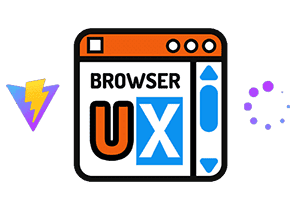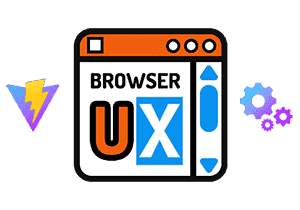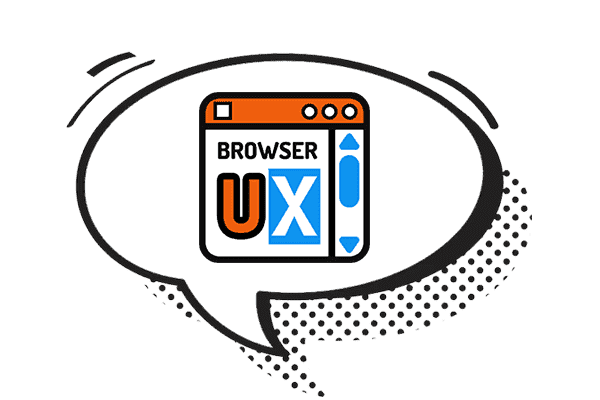Guides
Articles
-
July 2025 JS 📱 PWA
-
July 2025 JS JSON 🔍 SEO
-
July 2025 HTML JS ⚡ Performance
-
July 2025 HTML CSS JS 📱 PWA 🧩 UX
-
July 2025 HTML CSS JS ♿ Accessibility 🧩 UX
-
June 2025 HTML CSS JS 🌙 Dark Mode ♿ Accessibility 🧩 UX
-
May 2025 HTML 🧩 UX
-
May 2025 HTML JSON 📱 PWA 🧩 UX
Web Icons in 2025: Touch Icons, Adaptive Icons & manifest.json
-
May 2025 CSS 🧩 UX
-
May 2025 CSS ♿ Accessibility 🧩 UX
CSS: Improve Accessibility by Respecting Users’ Contrast Preferences with
prefers-contrast -
May 2025 CSS ♿ Accessibility 🧩 UX
CSS: Adapting Animations to User Preferences with
prefers-reduced-motion -
May 2025 CSS ♿ Accessibility 🧩 UX
-
May 2025 🌙 Dark Mode 🧩 UX ♿ Accessibility
Managing Light/Dark Themes: Fundamentals, Accessibility, and Best Practices
-
May 2025 HTML CSS 🌙 Dark Mode 🧩 UX ♿ Accessibility
Managing Light/Dark Themes with HTML and CSS: Native Solution
-
May 2025 HTML CSS JS 🌙 Dark Mode 🧩 UX ♿ Accessibility
Managing Light/Dark Themes with JavaScript: Giving Users Full Control
-
May 2025 CSS 🧩 UX ♿ Accessibility 🔄 Reset ⚙️ Normalization
-
May 2025 CSS 🧠 Thinking 🛠️ Practice 🧩 UX ♿ Accessibility
The Evolution of CSS Basics: A Look at Over 20 Years of Practice
About
This blog was designed as a natural extension of the BrowserUX ecosystem projects.
Its goal is to provide complementary resources, focused tips, and detailed explanations around the technical choices, best practices, and accessibility principles that structure these tools.
Each article or tip sheds light on a specific aspect of modern front-end (CSS, accessibility, UX, performance…), with a clear intention: to explain the “why” behind each rule to encourage more thoughtful and sustainable integration in your projects.

browserux.css is a base CSS file designed as a modern alternative to classic resets and Normalize.css, focused on user experience and accessibility. It lays accessible, consistent foundations adapted to today's web usage: browserux.css

BrowserUX Theme Switcher is a lightweight, accessible, and customizable Web Component designed to easily add a theme switcher button to any website or application: BrowserUX Theme Switcher

BrowserUX Share Button is a lightweight, accessible, and customizable Web Component designed to simplify link sharing using the native Web Share API when available, or through a sleek, responsive fallback modal. BrowserUX Share Button

BrowserUX PWA UI is a lightweight, accessible, and customizable Web Component designed to enhance the install and update experience of Progressive Web Apps across all types of projects: BrowserUX PWA UI

BrowserUX Preload Assets is a lightweight, configurable, and efficient Vite plugin designed to optimize initial loading by preloading critical resources (images, fonts, JS, CSS) across all your web projects: BrowserUX Preload Assets

BrowserUX SEO Files is a lightweight, automated, and configurable Vite plugin designed to easily generate the technical SEO files sitemap.xml and robots.txt after each build:
BrowserUX SEO Files

BrowserUX Inject SW Assets is a lightweight and modern Vite plugin designed to automatically inject into the Service Worker the static files required for pre-caching: BrowserUX Inject SW Assets


